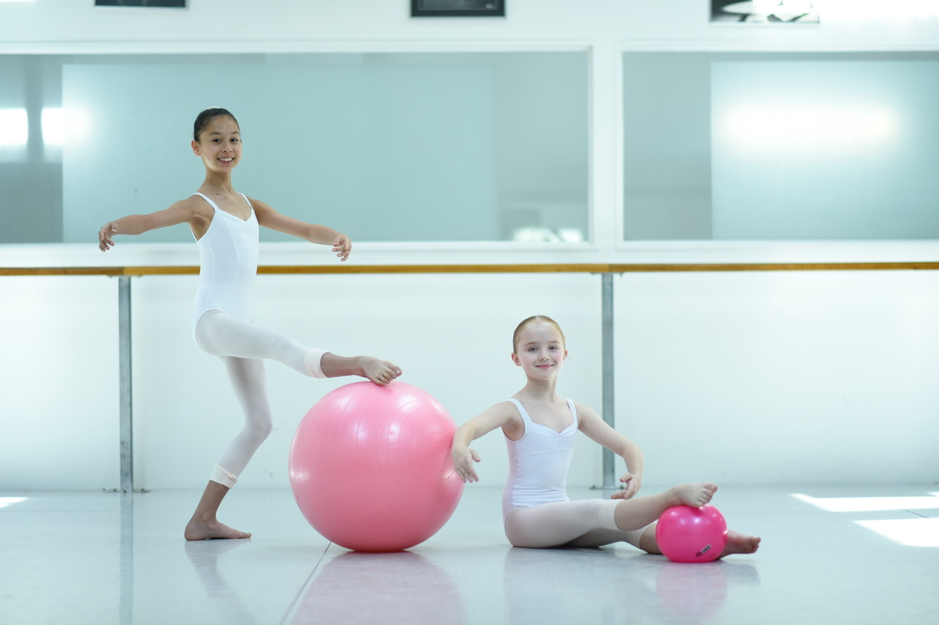In today's evolving dance landscape, more and more young individuals are embracing the art of dance as a means of self-expression. As responsible adults, it is our duty to protect these young dancers physically, emotionally, and digitally. In this blog post, we will delve into the importance of selecting age-appropriate music and costumes for dance performances and discuss essential steps to safeguard children from online predators on platforms like Facebook.
Choosing the Right Music: Music plays a vital role in dance performances, setting the tone and ambiance. When selecting music for children, it is essential to exercise caution. Opt for songs that are suitable for their age, ones they can connect with and enjoy, without explicit content or inappropriate themes. Lyrics should be comprehensible, positive, and age-appropriate.
Remember, our primary objective is to nurture a love for dance, not expose children to potentially harmful content.
Dressing Age-Appropriately: Costumes, like music, contribute to the overall appeal of a dance performance. They should be age-appropriate and considerate of the child's comfort and innocence. It is important to avoid costumes that sexualize children or make them appear older than they are. Striking a balance between aesthetics and age-appropriateness can be challenging, but it is achievable. Prioritize the child's comfort and safety, and select costumes that instill confidence and allow them to perform their best.
Ensuring Online Safety on Social Media: In the digital age, sharing dance performances on social media platforms like Facebook has become commonplace. While this provides an excellent opportunity to showcase talent and celebrate achievements, it inadvertently exposes children to online predators.
Here are some steps to protect your child on Facebook:
- Privacy Settings: Familiarize yourself with and utilize Facebook's privacy settings. Limit the visibility of your posts to people you trust, such as friends and family. Turn off the feature that allows others to find your profile using your email or phone number. Regularly review and update your privacy settings to ensure maximum protection.
- Content Sharing: Exercise caution when sharing content. Avoid posting pictures or videos that reveal your child's school, favorite hangouts, or detailed costume designs. It is also advisable not to share media with geotags, which disclose the precise location where they were taken. Such information can be exploited by predators.
- Friend Requests and Messages: Educate your child never to accept friend requests or respond to messages from strangers. Regularly monitor your child's friend list and message requests to ensure they are not in contact with anyone suspicious.
- Open Communication: Maintain an open line of communication with your child regarding their online experiences. Encourage them to share if they encounter anything or anyone that makes them uncomfortable. Make them feel safe discussing their concerns, and take appropriate action when necessary.
While dance is an incredible and enriching activity for children, it is our responsibility to remain vigilant and proactive in ensuring their safety. Making informed choices regarding music and costumes and taking necessary measures to secure their online presence are crucial steps toward this goal. Ultimately, our highest priority is the safety and well-being of our children as they embrace the joy and discipline of dance.

